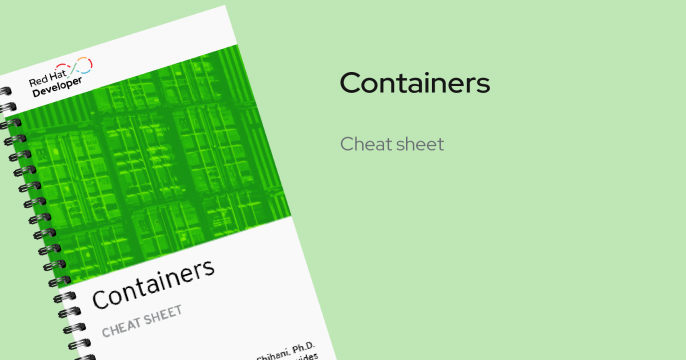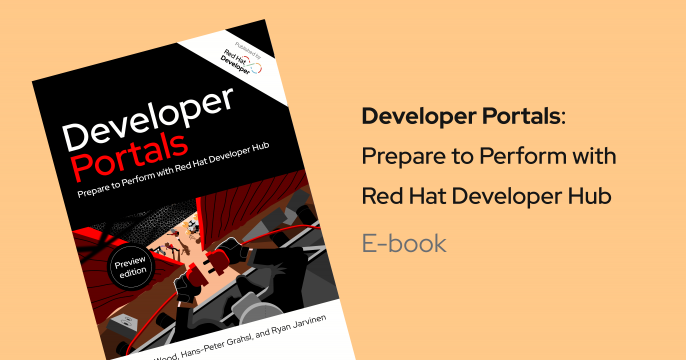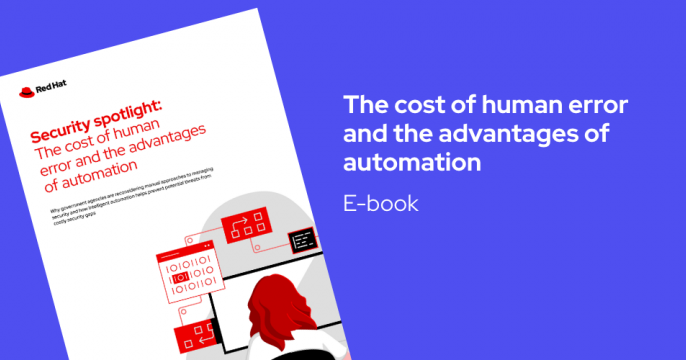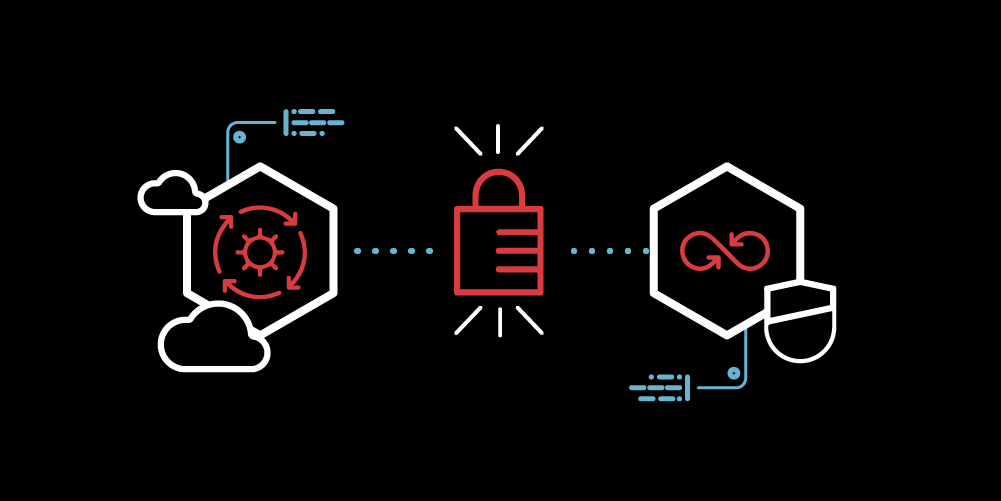
Developer experience, or DevEx, refers to the overall experience and satisfaction of developers while working with a particular platform, framework, or toolset. It encompasses various aspects that directly impact developers' productivity, efficiency, and satisfaction throughout the software development lifecycle.
Developers need to be empowered to code without compromise, as their operational counterparts configure and support their development environments and applications from conception, coding, and through production in a secure, automated, and observable manner.
A positive developer experience is paramount as it directly impacts an organization's revenue by reducing inefficiencies, enhancing development velocity, ensuring software quality, mitigating risks, and fostering platform adoption and success.
At Red Hat, we believe that developer experience is not just developer tools. That’s the first step. Developer experience is also the combination of communities, people, education, and programs to empower developers to make them more powerful through education, tutorial, sessions, and events.
Together, all of these elements create the Red Hat developer experience.

Latest developer learning resources, cheat sheets, e-books, and articles
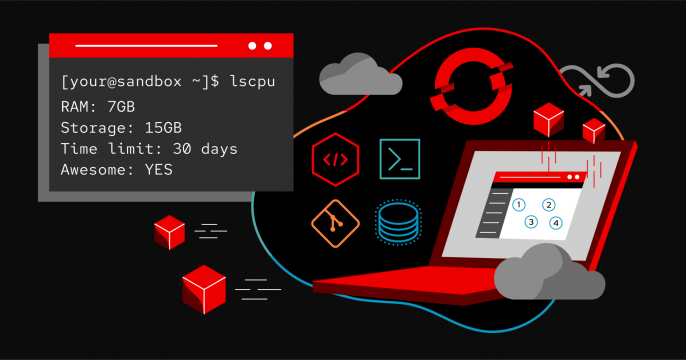

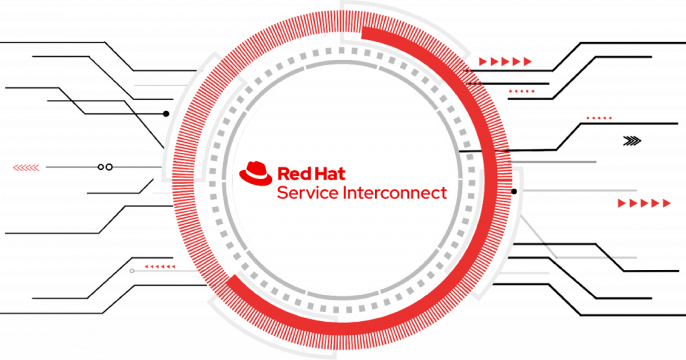
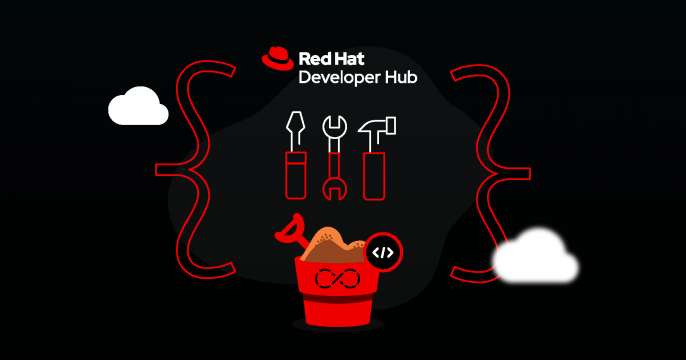

Learn how to set up FSx for NetApp ONTAP on Red Hat OpenShift Container...

Explore architectural decisions for reliable CDE storage. Learn to configure...

Learn how to run privileged commands in OpenShift Dev Spaces cloud...

Explore the latest features, updates, and fixes in Red Hat OpenShift 4.20,...




